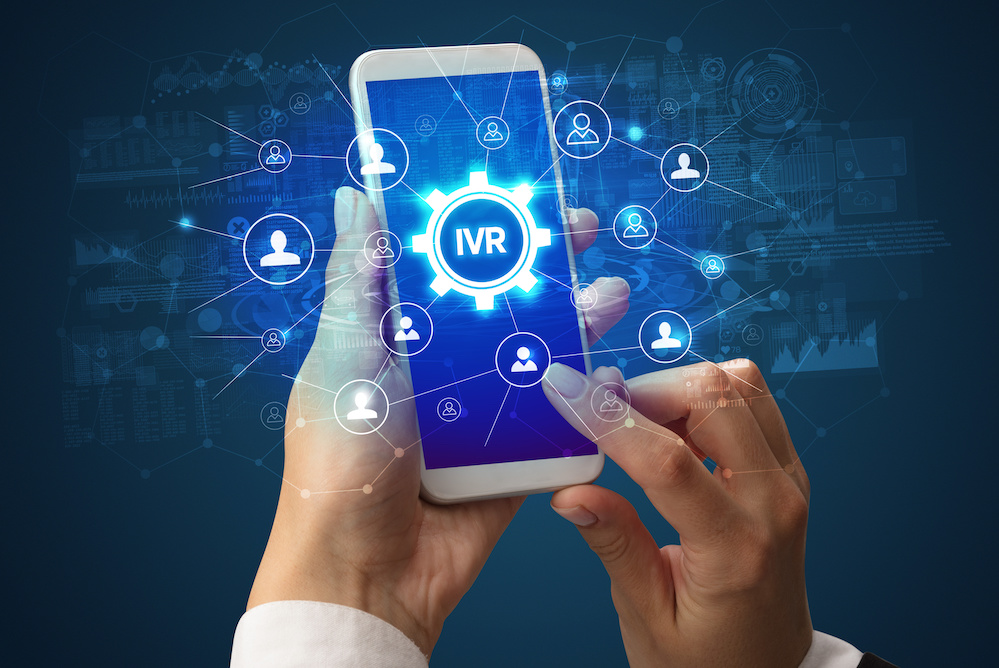Integrated Voice Recognition (IVR) has emerged as an invaluable tool for businesses. It’s a technology that enables automated interactions with callers through voice commands. IVR is commonly used in telecommunication systems, call centers, and customer service departments to allow callers to navigate menus, retrieve information, or perform tasks by speaking their requests aloud. IVR systems can interpret spoken language, process voice commands, and provide appropriate responses or actions.
It is the virtual face of your company, and typically the first point of contact for your customer, so the impression it leaves is critical!
Below are seven best practices to help your business make the most of this technology:
1. Prioritize the Customer Journey – Understanding and mapping the customer’s route within the IVR system is crucial. A streamlined and efficient route that minimizes wait time and enhances user experience should be the goal. This means carefully considering customer personas, their typical needs and questions, and crafting a script that is both conversational and helpful.
2. Use Reliable Service – The IVR system is often the frontline of your customer service, and as such, it needs to be as reliable as it is feature-rich. Dropped calls and long hold times due to IVR issues can lead to customer frustration. Investing in a robust IVR system ensures that your customer’s first interaction with your business is a positive one.
3. Optimize Menus and Design – Clarity and simplicity are your allies when it comes to IVR menus. Complicated or lengthy options can easily confuse and frustrate callers. Design menus that are logical and intuitive, ensuring that customers can reach their desired destination with minimal effort.

4. Automated Speech Recognition (ASR) – ASR technology takes IVR to the next level by allowing customers to speak naturally, without needing to press any buttons. Implementing ASR technology can significantly improve the customer experience by offering a more natural interaction.
5. Short Customer Pulse Surveys – Gather customer feedback not just after a case is resolved, but also periodically throughout the interaction. This method provides real-time data on customer satisfaction and helps identify areas where the IVR system may need adjustment.
6. Understand Your Users – Not all customers are alike, and IVR systems shouldn’t treat them as such. Tailoring the IVR experience based on user demographics and previous interactions can create a more personalized and effective service.
7. Voice Recognition and Silence for Turn-Taking – Voice recognition can greatly improve the user experience by making the system more responsive to customer cues. Furthermore, programming the IVR to recognize silence can also be an effective way to ensure ease of use during natural pauses in the conversation.
Integrated Voice Recognition (IVR) systems play a significant role in modernizing customer service interactions. Adhering to the best practices ensures that IVR becomes a strategic asset in delivering excellent customer service. By investing time and attention into the development and optimization of an IVR system, businesses can open a direct line to their customers that is personalized, efficient, and always open for business.
About Proven IT
Proven IT helps organizations leverage technology to boost productivity, control costs and protect confidential data. Headquartered in Illinois with customers throughout the United States, popular solutions include Managed IT, Cybersecurity, Managed Office Services, Integrated Voice & Data, Physical Security Systems and Business Process Automation.






